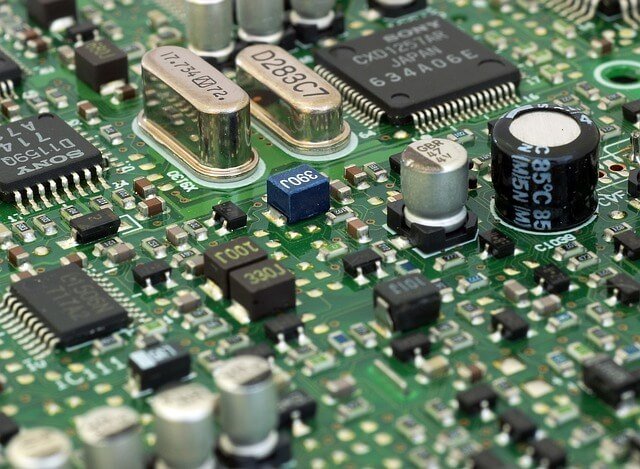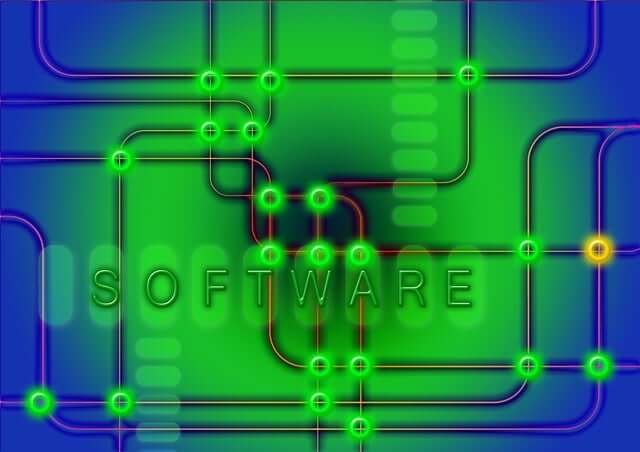In the midst of a global pandemic and widespread uncertainty, there is one thing that we can all agree on – technology has never been more important. And when it comes to cutting-edge advancements in computing, Intel’s Loihi chip stands out as a beacon of hope. In this blog post, we’ll explore why Loihi could be the reprieve we all need right now, revolutionizing everything from healthcare to transportation and beyond. So buckle up and get ready for an exciting journey into the future of AI computing!

The current state of AI
AI has been making headlines for all the wrong reasons lately. Between doomsday predictions about its impact on jobs, to concerns about its role in the proliferation of fake news, it seems like everyone has something to say about AI – and most of it is negative.
This is understandable, given that AI is still in its infancy and we are only just beginning to understand its potential implications. However, it’s important to remember that AI is not inherently bad – it is simply a tool that can be used for good or ill.
So what is the current state of AI? Here’s a rundown of some of the most important developments:
-Job Losses: It’s true that AI will likely lead to job losses in certain sectors, as automation increasingly replaces human workers. However, it’s important to remember that this has always been the case with new technologies – think about how many jobs were lost when cars replaced horse-drawn carriages. The key is to make sure that there are other industries ready to absorb those who are displaced by AI.
-Fake News: Fake news is a serious problem, and AI can be used to create more realistic and convincing fake news stories. However, AI can also be used to detect fake news, and fact-checking organizations are already using it for this purpose.
-Bias: One of the biggest concerns around AI is the potential for bias. This can happen when algorithms are trained on biased data sets, resulting in

Why Intel Loihi is different
Loihi is different from other AI hardware in a few key ways. Firstly, Loihi is designed to operate using principles of neurobiology. This means that it can learn and adapt much like the human brain does. Secondly, Loihi is designed to be energy-efficient. It only consumes a fraction of the power of traditional AI hardware. Finally, Loihi is scalable. It can be easily scaled up or down to meet the needs of any particular application.
What Intel Loihi can do
Loihi is a self-learning chip that has the potential to revolutionize how AI is used. It can learn without being explicitly programmed and can continue to improve its performance the more it is used. This could mean that, in time, Loihi could become much better at carrying out specific tasks than current AI technology.
One of the most exciting things about Loihi is that it could help to reduce the energy consumption of AI systems. Current AI chips are very power-hungry, which creates a significant environmental impact. Loihi, on the other hand, is up to 1,000 times more efficient than current AI chips. This means that it could help to make AI more sustainable in the long term.
In addition to this, Loihi is also designed to be highly scalable. This means that it could be used in a wide range of applications, from personal devices to large-scale data centers. It is also incredibly fast, which makes it well-suited for real-time applications such as autonomous vehicles.
So far, Intel has only released a limited number of Loihi chips to select researchers and developers. However, it is expected that the chip will be commercially available within the next few years. When it does become available, Loihi could have a huge impact on the AI landscape – and potentially help to solve some of the biggest challenges that we currently face as a society.

How to get started with Intel Loihi
If you’re looking for a way to get started with Intel Loihi, there are a few things you’ll need to know. First, you’ll need to have a computer with a USB 3.0 port and Windows 7 or above. You’ll also need to download the Intel Loihi software from the Intel website.
Once you have all of that, you can follow these steps:
1. Connect your computer to the Internet and open the Intel Loihi software.
2. Click “Create New Project.”
3. Enter your project name and click “OK.”
4. Select “Empty Project” and click “OK.”
5. In the project window, right-click on “Sources” and select “Add Existing Item.”
6. Browse to the location of your source code files and add them to the project.
7. In the project window, right-click on “References” and select “Add Reference.”
8. In the Add Reference dialog, select the “Browse” tab and browse to the location of the Intel Loihi SDK DLLs (LoihiSDK32.dll and LoihiSDK64.dll). Add both DLLs to your references list and click “OK.” If using Visual Studio 2017 or later also add a reference path for “C:\Program Files (x86)\Reference Assemblies\Microsoft\Framework

Conclusion
Intel Loihi is an incredible leap forward in artificial intelligence hardware and software. It brings us closer to seeing more advanced AI systems that are better able to understand, interpret, and analyze data quickly and accurately. This opens up the door for a variety of applications that could potentially revolutionize many aspects of our lives. We look forward to seeing what new projects this technology will bring about in the future!
See More: High Speed Internet in my Area

